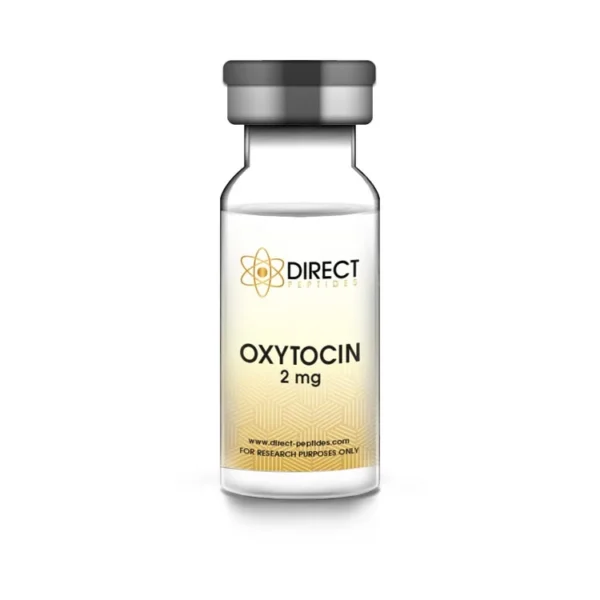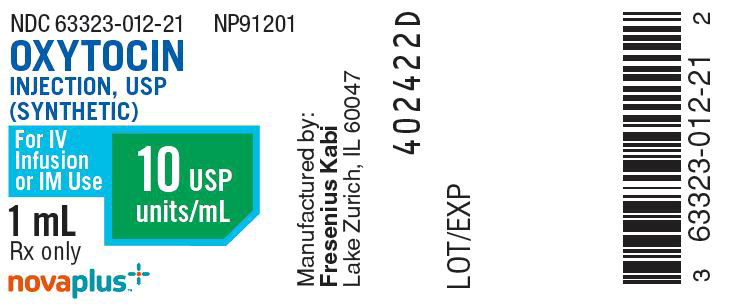Dopamine launched by oxytocin by acting upon D1 yet not D2 receptors promotes the same NO synthase-containing cell bodies of the glutamatergic nerve cells projecting to the PVN and/or the median preoptic location, which activate the neural pathways mediating penile erection that are present in these brain locations. Furthermore, double labelling immunohistochemical experiments exposed oxytocin-positive neuronal structures near tyrosine hydroxylase-positive (dopaminergic) nerve cells or NO synthase-positive cell bodies bordered by extreme vesicular glutamate carrier 1-stained (glutamatergic) synapses in the bed nucleus sections in which oxytocin injections cause penile erection (and yawning) [24] The forward tegmental area is an additional rat brain site where oxytocin induces penile erection. As remembered over, this mind area receives the nerve ends of the oxytocinergic nerve cells emerging from the PVN and is reported be where the oxytocin receptors in rats [161,162,163] and in humans [164,165,166] are.
Penile erection results from an intricate neural communication in between the main and outer anxious system, which creates muscular tissue and vascular modifications in the erectile tissues of the male genital apparatus (cavernous corpora, corpus spongiosum, and various other perineal muscle mass, i.e., the “lift ani” muscular tissue when this exists). This is further made complex by humoral and endocrine impacts, especially by testosterone and its metabolites, that are either at main or peripheral levels (see [72,73,74,75]. Depending on the context in which penile erection happens, it is usually recognized that different neural and/or humoral endocrine systems may take part at the main and outer degrees in regards to its law, often in a really complex fashion (see Figure 1 for a streamlined view of the central and peripheral neural paths controlling erectile function and sex-related behavior). Whether the above systems entailing oxytocin identified in male rats additionally happen in female rats is unidentified.
They likewise revealed that there are fewer receptors for oxytocin in muscle stem cells in old versus young mice. Due to the fact that oxytocin plays a role in social Bonding Hormones, mother’s habits and emotional links in between people, it is also informally described as the “love hormonal agent”. [137] This term is not a clinical or scientific name however is often used to describe oxytocin’s impacts on human habits and emotions. Secretion of oxytocin from the neurosecretory nerve ends is regulated by the electric task of the oxytocin cells in the hypothalamus. These cells create activity potentials that proliferate down axons to the nerve endings in the pituitary; the endings consist of large numbers of oxytocin-containing vesicles, which are launched by exocytosis when the nerve terminals are depolarised. Participants were given in-person instructions for the self-administration of 24 IU of oxytocin or sugar pill (3 spays to each nostril) 4 times a day (before dishes and at going to bed).
 We additionally showed that OXT’s result on intense food reductions is eliminated in the presence of the V1a and V2 prevention conivaptan (Fig. 3F). Our results suggest that indigenous OXT activates the vasopressin receptor pathway in vivo, which contributes to the intense anorexigenic effect in computer mice. Constant with these outcomes, vasopressin was discovered to reduce food intake in rats [85], goats [86], and trout [87] The anorexigenic action to vasopressin is most likely secondary to the plasma osmolality imbalance moderated by V1 receptor activation [85]
We additionally showed that OXT’s result on intense food reductions is eliminated in the presence of the V1a and V2 prevention conivaptan (Fig. 3F). Our results suggest that indigenous OXT activates the vasopressin receptor pathway in vivo, which contributes to the intense anorexigenic effect in computer mice. Constant with these outcomes, vasopressin was discovered to reduce food intake in rats [85], goats [86], and trout [87] The anorexigenic action to vasopressin is most likely secondary to the plasma osmolality imbalance moderated by V1 receptor activation [85]
B The Framework Of These Buy Peptides Online Determines A Few Of The Obstacles They Offer
Instead, the presence of feasible risk elements for sure individuals recommends that higher initial initiative might be called for to determine what kind of psychotherapeutic contexts and therapy standards would certainly need to be made use of to make certain that oxytocin administration resulted in net benefits as opposed to net injuries. To put it simply, the possibility that oxytocin could show helpful (on equilibrium) even for people with “risky” accounts– by, e.g., helping with the growth of much healthier relationship schemas with the support of a counselor or specialist– need to not be ruled out in advance of attempting the needed study. The complicated connections in between oxytocin and cancer cells give insight into the uniqueness of oxytocin’s effects. The regional accessibility of oxytocin or its receptor, the tumor cell type, and the differential activation of subcellular signaling paths downstream of OXTR can generate a distinct oxytocin effect. As an example, there are three different subtypes of the guanine nucleotide– binding protein-α (Gα) (Gαi, Gαs, and Gαq) that pair to OXTR and that have separable functions.
Our job has crucial translational ramifications and shows the requirement to thoroughly take into consideration the approach of administration in our initiatives to engage certain central oxytocinergic targets for the treatment of neuropsychiatric conditions. Within grown-up rodents, anxiety- and/or chemical-induced colitis boosts intestinal damages, oxidative stress and anxiety, neutrophil seepage, the expression of inflammatory pathway genetics, and anxiety-related behavior (Iseri et al., 2008; Cetinel et al., 2010; Welch et al., 2014). Oxytocin treatment dampens the severity of intestinal damages and reduces anxiety, whereas coadministration of an OXTR antagonist or the use of Oxtr knockout mice avoids oxytocin’s safety effects (Iseri et al., 2008; Cetinel et al., 2010; Welch et al., 2014). Similar to using neuroprotection to the mind during hypoxic-ischemic occasions, oxytocin appears to safeguard the gut throughout decreased intestinal tract blood circulation within a model of burn-induced gastric injury (Iseri et al., 2008). Thermal burns create short-term splanchnic vasoconstriction adhered to by oxidative and nitrosative digestive injury and raised reperfusion injury and, if severe sufficient, increased intestinal tract permeability, blood poisoning, and body organ failure (Iseri et al., Bonding Hormones 2008).
